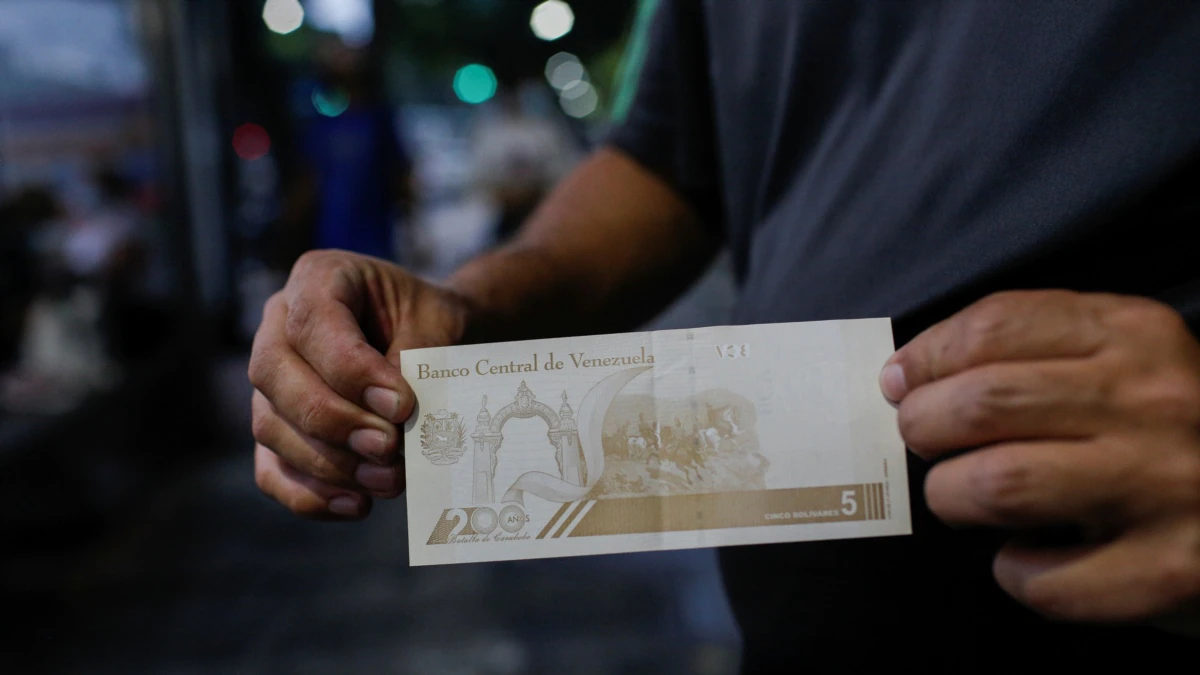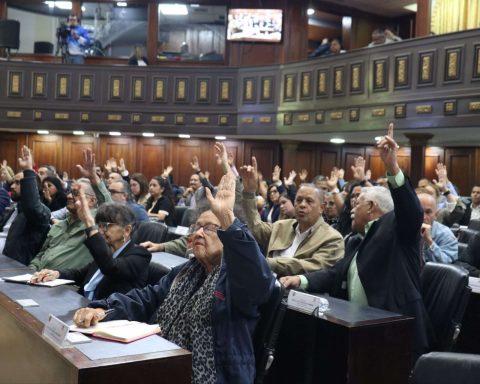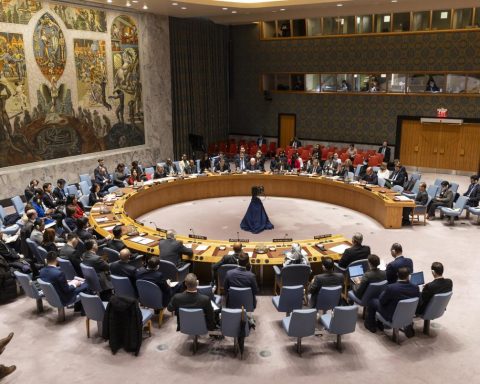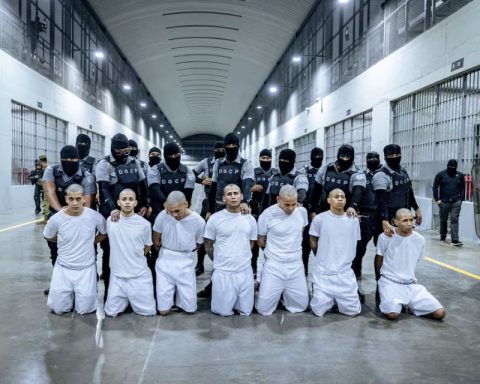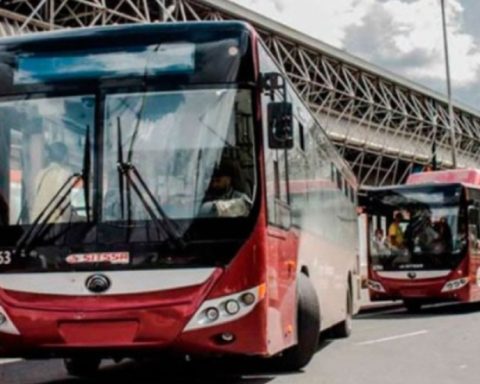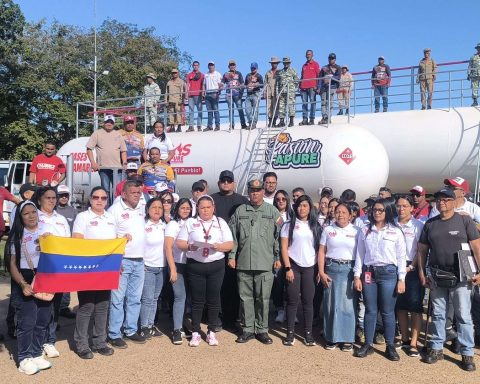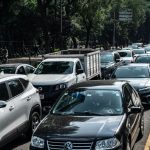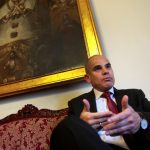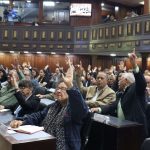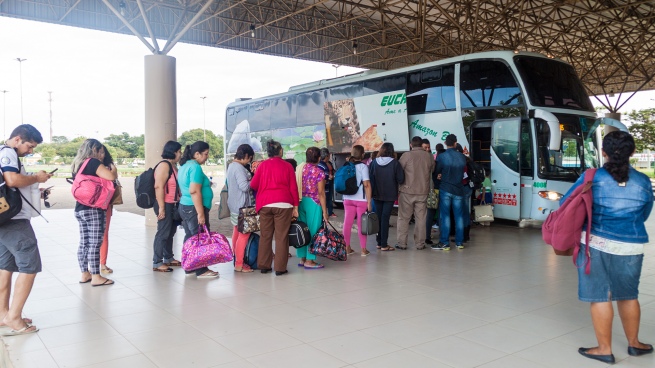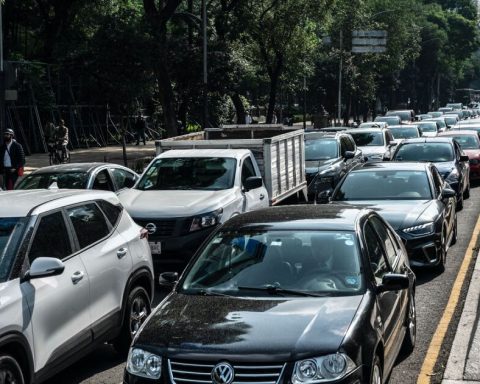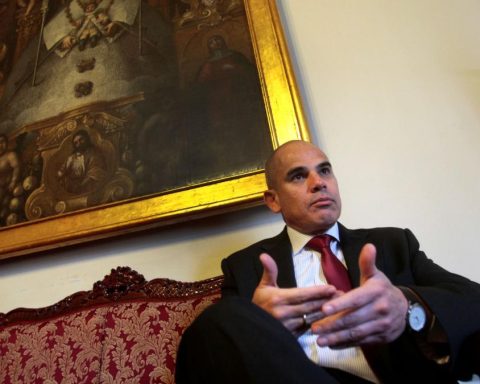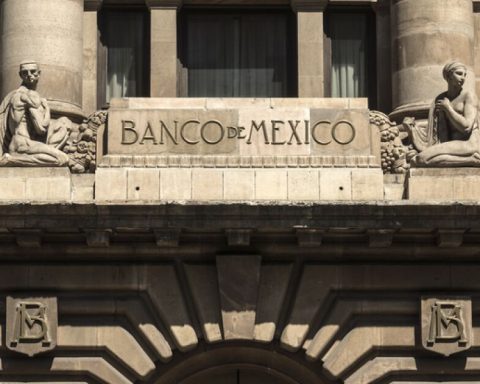The humanitarian crisis in Venezuela forced at least 6 million of its citizens to leave the country in the last five years, according to the UN refugee agency UNHCR, but since 2020 the picture has taken a timid and unexpected turn.
The recovery of just 5% of the economy, the end of the scarcity of basic products, informal dollarization and the loss of jobs in the host nations due to the confinement have prompted some to return. This is what happened to Mike Portas, a 33-year-old Venezuelan publicist whose projects in Spain were suspended due to the pandemic.
“I no longer had a way to support myself there,” explains Portas, which is why he returned to Caracas last year and noticed the changes that his friends had told him about.
“It is dazzling to see the number of new businesses, the number of offers, a totally different situation. But as I have always said, it is a glass bubble. One does not know the origin of that income, one does not know where so much is being handled. capital to set up these new businesses, and like everything else, that swells, but you don’t know when it’s going to explode. It’s total instability.”
Portas is not sure if he will stay permanently in Venezuela.
“Today we are fine, tomorrow we don’t know, and so we are, on a roller coaster that goes up today and down tomorrow. In the end, inflation is the same and not all of us reach that.”
The oil nation came out of the hyperinflation that started in November 2017 and that destroyed the savings of citizens. There are no longer long lines to buy food and medicine, but only 5% of the population has the capacity to pay for these items, according to the Survey of Living Conditions, prepared by the Andrés Bello Catholic University (UCAB).
Despite the fact that the financial indicators are still not very encouraging, María José Bocaranda, a 36-year-old bioanalyst, packed her bags in March 2021 and prepared her return to Venezuela. Months before making the decision, she was on vacation in Valencia, in the north of the country. At that time, she made inquiries to find out if her return was viable, something that seemed unthinkable in 2018, when she left for Argentina and later for Chile.
“Years ago, when I decided to leave, it was because I couldn’t cover my basic expenses, despite having a business.”
Although he admits that he was doing well in Santiago de Chile, where he spent his last days, in Venezuela he reopened the bioanalysis laboratory that he had closed before going abroad.
“I realized that, within the situation that continues to be difficult in some areas, it is more manageable than before and the costs of our services as health professionals are enough to pay expenses. In a matter of a week, I found a place, I was able to reactivate the fiscal part of the company and everything flowed”, indicates Bocaranda.
“What was produced there [en Chile], somehow I produce it here . I am at home and I can help my family, I am present and that greatly influences when the family is an older adult and they need their children or their nephews,” Bocaranda details.
For now, there are no statistics on how many Venezuelans have returned. According to the researcher at the UCAB Human Rights Center, Carlos Lusverti, it is not a “significant number” compared to the diaspora of the last decade.
“A trigger for the return of people had to do with the fact that many of the people who have forcibly left Venezuela, in the countries where they arrived, were engaged in the type of jobs that were directly impacted by the mandatory quarantines,” Lusverti argues. .
“To the extent that a supposed economic recovery is reported, there are some people who are making the decision to return, in some cases, also driven by political changes in the continent,” such as the victory of the leftist governments of Alberto Fernández in Argentina, Luis Arce in Bolivia and Pedro Castillo in Peru.
“It is important not to fall into the trap of reducing the number of people who return for economic reasons, because we trivialize the causes of forced departure such as economic instability, serious violation of their human rights and insecurity,” Lusverti emphasizes.
Every day hundreds of Venezuelans continue to leave, some risking their lives on dangerous routes, such as the Darién jungle, between Colombia and Panama, the Atacama desert to reach Chile or taking precarious boats to Trinidad and Tobago. At least four children have died on these journeys during 2022.
Not surprisingly, the Youth Survey, presented by the UCAB, revealed that the percentage of young people who want to stay in Venezuela went from 20 to 44.
Connect with the Voice of America! Subscribe to our channel Youtube and turn on notifications, or follow us on social media: Facebook, Twitter and Instagram.
